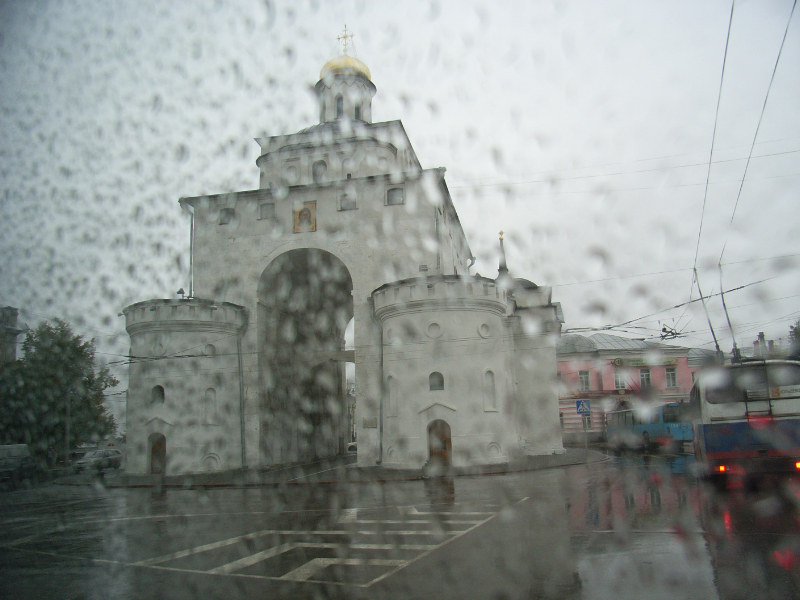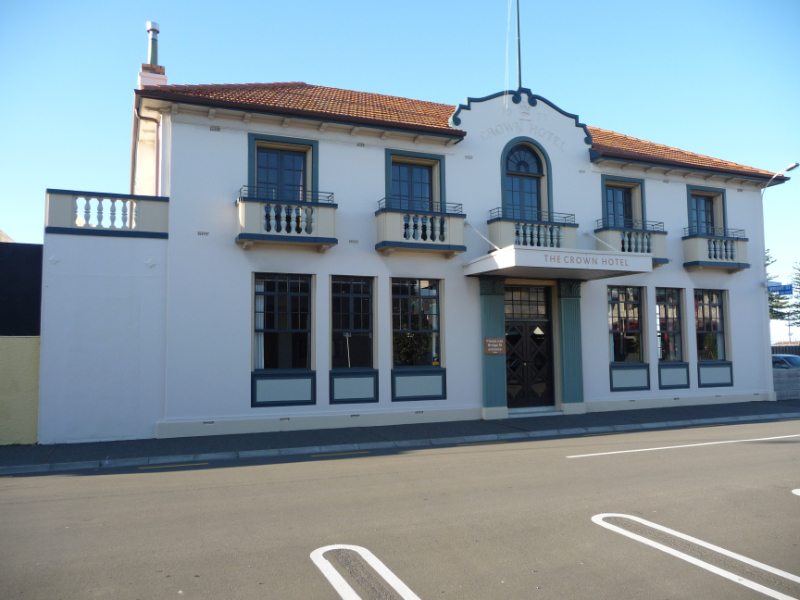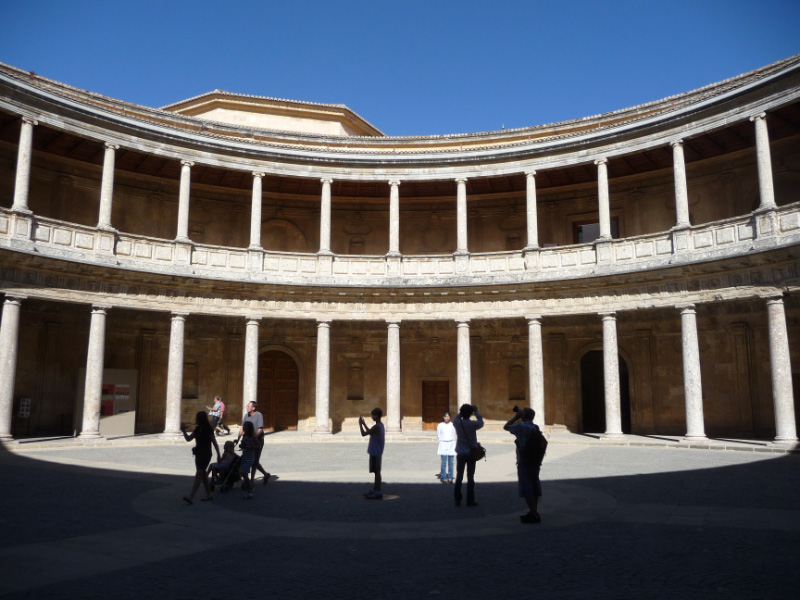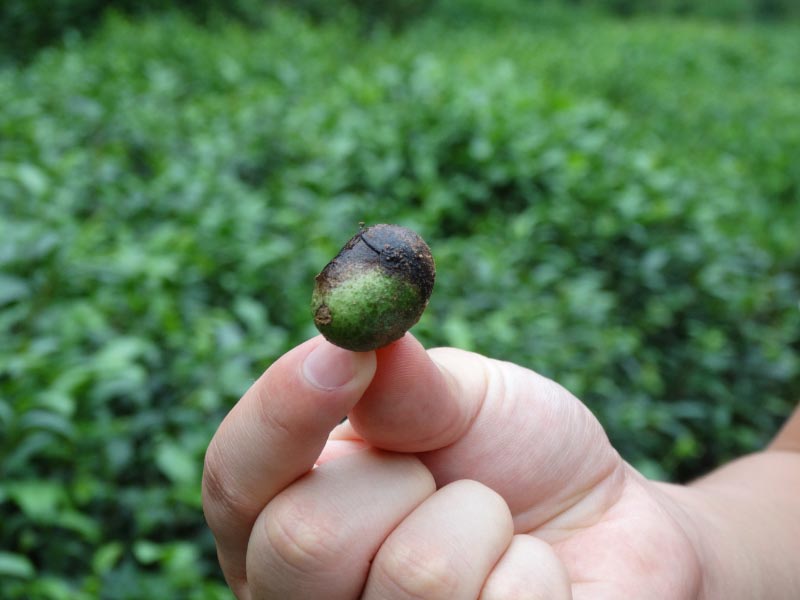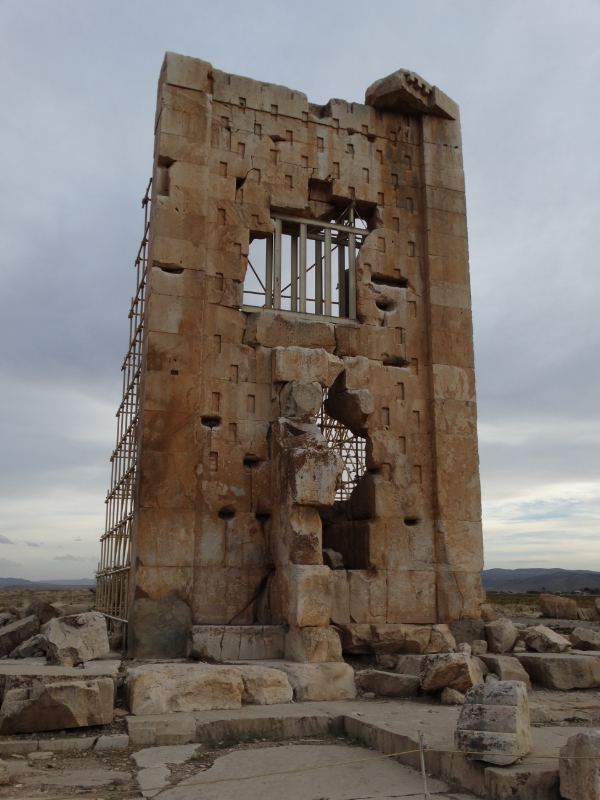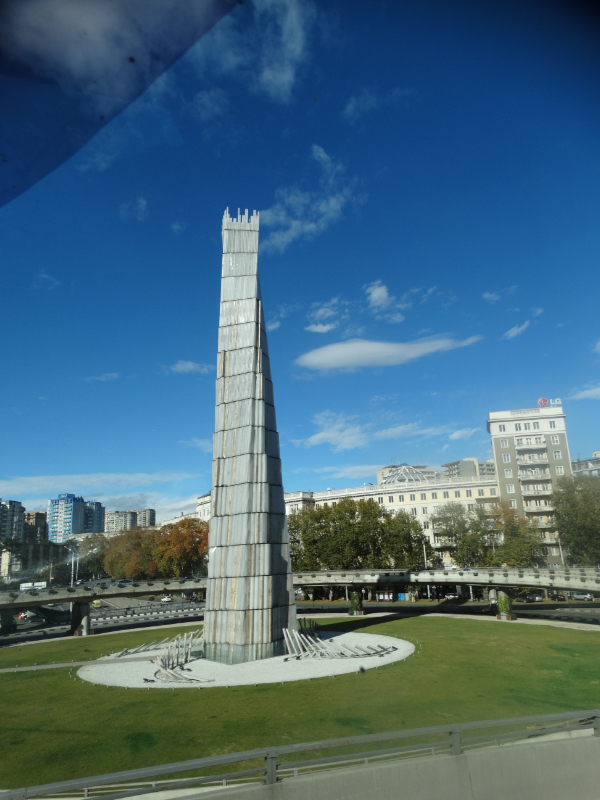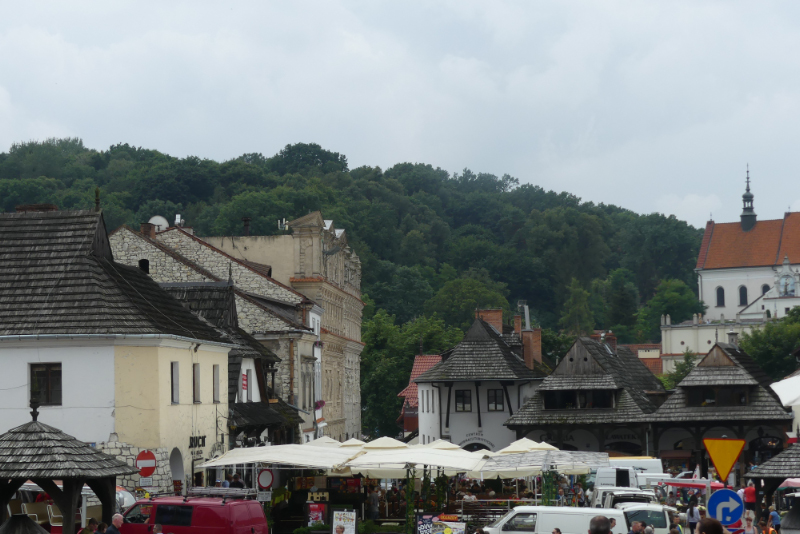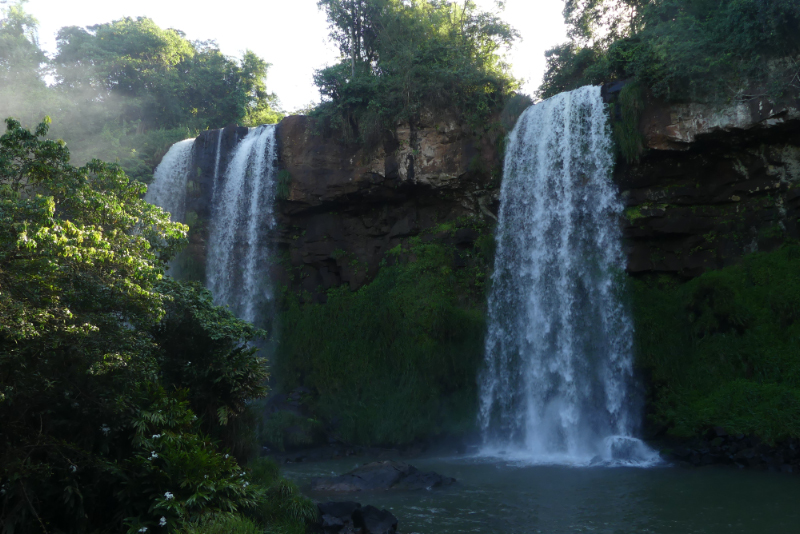Friday 14 to Saturday 16 August
Admittedly my first visit to Niagara Falls was in late October, and the tourist season was over. Colourful autumn leaves were falling and the air was cool and damp. It was 1970 and I’d taken a bus tour from Toronto on my first trip overseas. We were shown into a ‘bunker’ and wrapped in black rain coats to view the falls. Then a group of photography students asked to take photos of me. One sent a photo on to me – nice memories.
I came back with Bruce in 2015, 45 years later and I was horrified. It is like a mini Las Vegas with glitzy stalls, glitzy rides and glitzy souvenirs.
But the falls are as stunning as ever. Combined, they form the highest flow rate of any waterfall around the world.
I have been amazed at the geological wonders we have seen in North America. Niagara Falls, for example, was formed within the Wisconsin glacial basin and it is the softer shale rock underneath that has eroded and collapsed, undercapping the harder caprock on top, which gives way in chunks. Already, in 10,900 years, the erosion has moved the falls 10.9km southwards, and it is expected that with the current, even contained rate of erosion, they will crumble completely and be non-existent in another 50,000 years.
The falls have been harnessed, so the flow is reduced at night when the tourists are asleep, to generate hydro power and also to prolong the life of the falls.
The beautiful green colour of the water is the result of dissolved salt from the finely ground rock, generated by the erosive force of the falls.
We hung around after dinner, sipping on a glass or two of wine while the lights provided a further glitzy, almost obscene view of the falls. We waited for the twice-a-week fireworks display which were over in 5 minutes.
The young police officer who was directing traffic told us that it was a particularly busy day. True, crowds were everywhere – eating, drinking, sitting, photographing. Selfie sticks were popular.
e_header.jpg)















